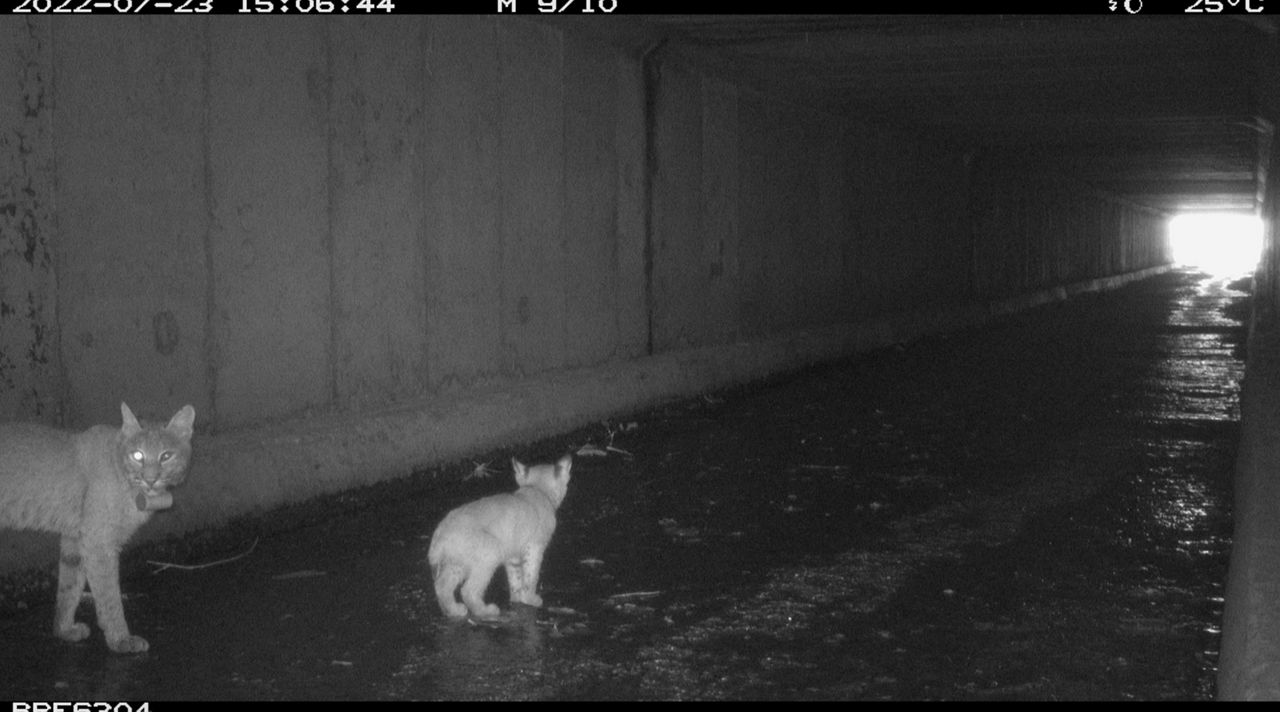LANCASTER, N.Y. — They are New York’s most wanted, and they might be on a tree or shrub near you.
Let’s start with a new-old pest, the Red Pine Scale. This little critter is in the Lake George area. It hasn’t been seen since 1939. They’ve made a return and attack at the base of the needle, so they are tough to see. They like Red Pines, Austrian Pines and Japanese Black Pines. They don’t have wings, so they like to attach themselves to things that move, like cars and people.
“The animals in the landscape, especially birds. Birds are hanging out in trees," said Frank Thompson, an arborist with Davey Tree. "They can even attach themselves to even larger insects that are bouncing from tree to tree.”
Then there’s the Hemlock Woolly Adelgid. They are specific to both the Eastern and Western hemlock, which look like pine or spruce trees. These little guys like to feed on the sap and the fluids inside the needles. They look white and fuzzy.
Late spring, you’ll start to see the Honeylocust Plant Bug. Nymphs and adults pierce leaf tissue and suck sap, causing twisted and deformed leaves. Their feasting actually attracts wasps and hornets as the honeydew drips.
Finally, the spotted lanternfly. This fluid feeder has been on the watch list for communities across the state.
NYSDEC forest entomologist Liam Somers says they see about two or three new invasive species pop up every five years. If it seems like they are more, it’s because we are all more aware and reporting.
“The public has always been our most important tool for early detection and for helping fill out filling out our distribution maps," Somers said. "So we always do rely on them to let us know when they're seeing strange things popping up and what exactly that damage is looking like. So then we can start to make further management decisions on that.”
Entomologists are currently monitoring the Southern Pine Beetle. Somers says it will be common, as the climate changes, to see more southern pests make their way north due to milder winters.
You can email at foresthealth@dec.ny.gov if you see something out of the ordinary.
If you happen to catch an insect, Somers says to take a picture and report it. He adds that you shouldnt't go right into remediation mode and cut down trees and take out shrubs. He says to wait until you get an answer from the DEC on what you're dealing with.







